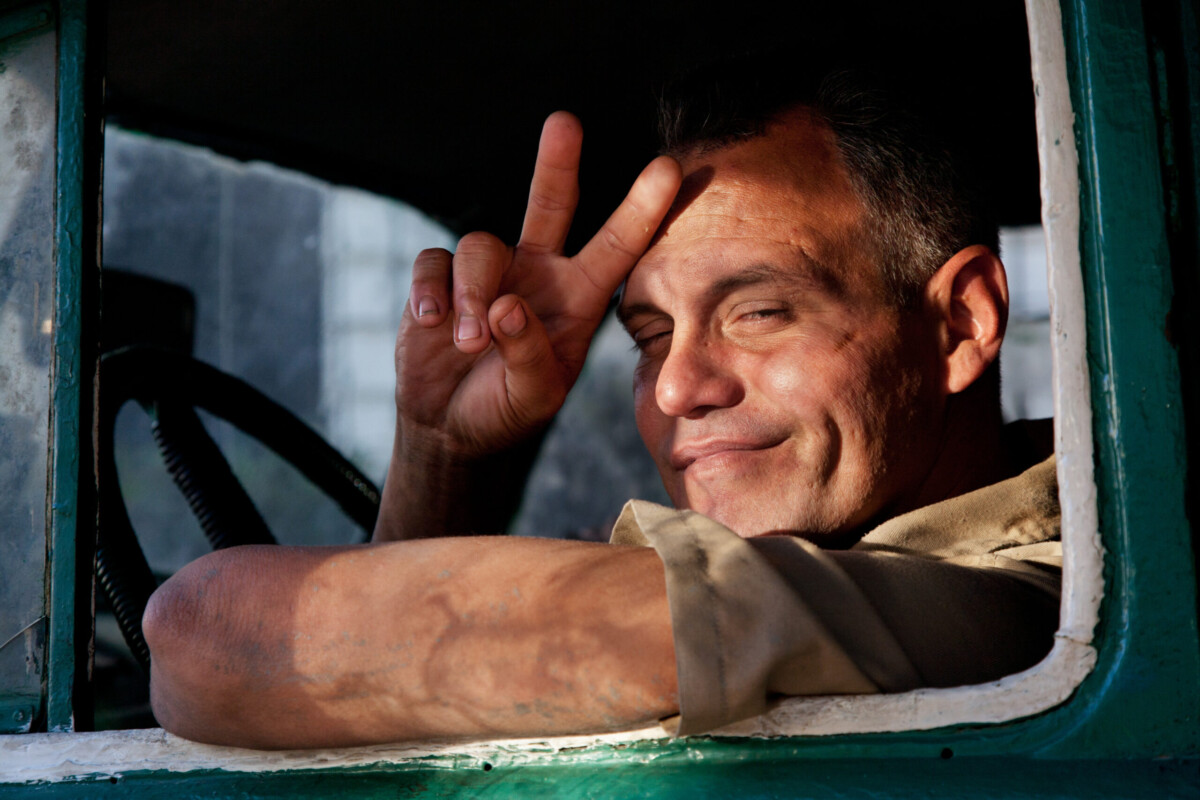The Peace Sign with Two Fingers (V Sign) in the UK and Australia
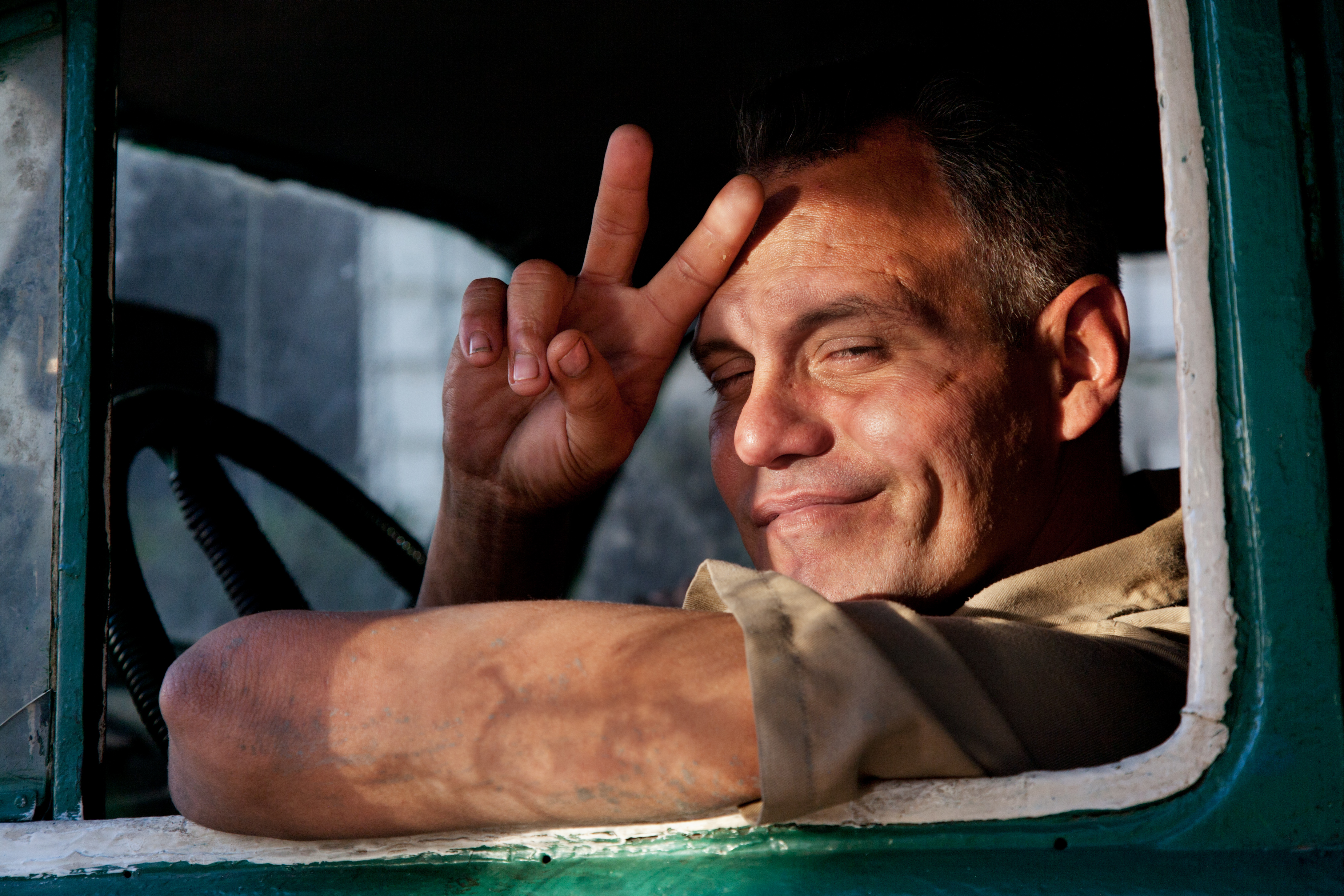
The peace sign, made by lifting your index and middle fingers in a V, might look innocent in photos, but it’s a real minefield in the UK and Australia. If you show the back of your hand while making this gesture, it’s not a message of peace—it’s a rude insult, almost like flipping someone off. Tourists often don’t realize this and end up causing offense or even getting dirty looks from locals. In fact, a 2024 survey by the British Cultural Institute found that over 30% of tourists used the gesture without knowing its meaning. This simple mistake can lead to awkward moments or even confrontations in public. The safest way is to make sure your palm faces outward, or just skip the pose altogether. It’s surprising how something so small can carry such a big impact, but cultural context really matters. When in doubt, stick to a friendly wave or a smile.
The “OK” Hand Gesture in Brazil and Turkey

The “OK” sign—making a circle with your thumb and index finger—seems harmless, right? Not in Brazil and Turkey. In both countries, this gesture is considered vulgar and deeply offensive. In Brazil, it’s actually a crude gesture, while in Turkey, it can be interpreted as an insulting slur. The Global Etiquette Institute’s 2023 report found that a quarter of tourists in Brazil had no idea about the negative meaning, which led to plenty of uncomfortable scenes. It’s easy to see how a well-meaning photo can quickly backfire. Locals might scowl or even confront you if you flash the “OK” sign in a group selfie. If you want to avoid trouble, keep your hands relaxed and steer clear of forming the circle with your fingers. Cultural misunderstandings like this show just how important it is to do a little research before you pose.
The “Thumbs Up” Sign in the Middle East

A thumbs-up is a universal sign of approval in many countries, but not in the Middle East. In places like Iran and Iraq, this gesture is considered highly offensive, similar to giving someone the middle finger. According to a 2024 study by the Middle East Tourism Board, 18% of tourists used the thumbs-up pose without realizing its negative meaning. What seems like a friendly gesture can instantly sour interactions or even cause arguments. Local guides often warn tourists to avoid this pose, especially in photos with locals. The consequences might not always be dramatic, but the embarrassment can be real. Travelers who want to be respectful should avoid the thumbs-up and opt for a simple smile or nod. This example proves that what feels natural at home can mean something completely different abroad.
The “Peace Sign” in Japan (Palm Facing Inward)
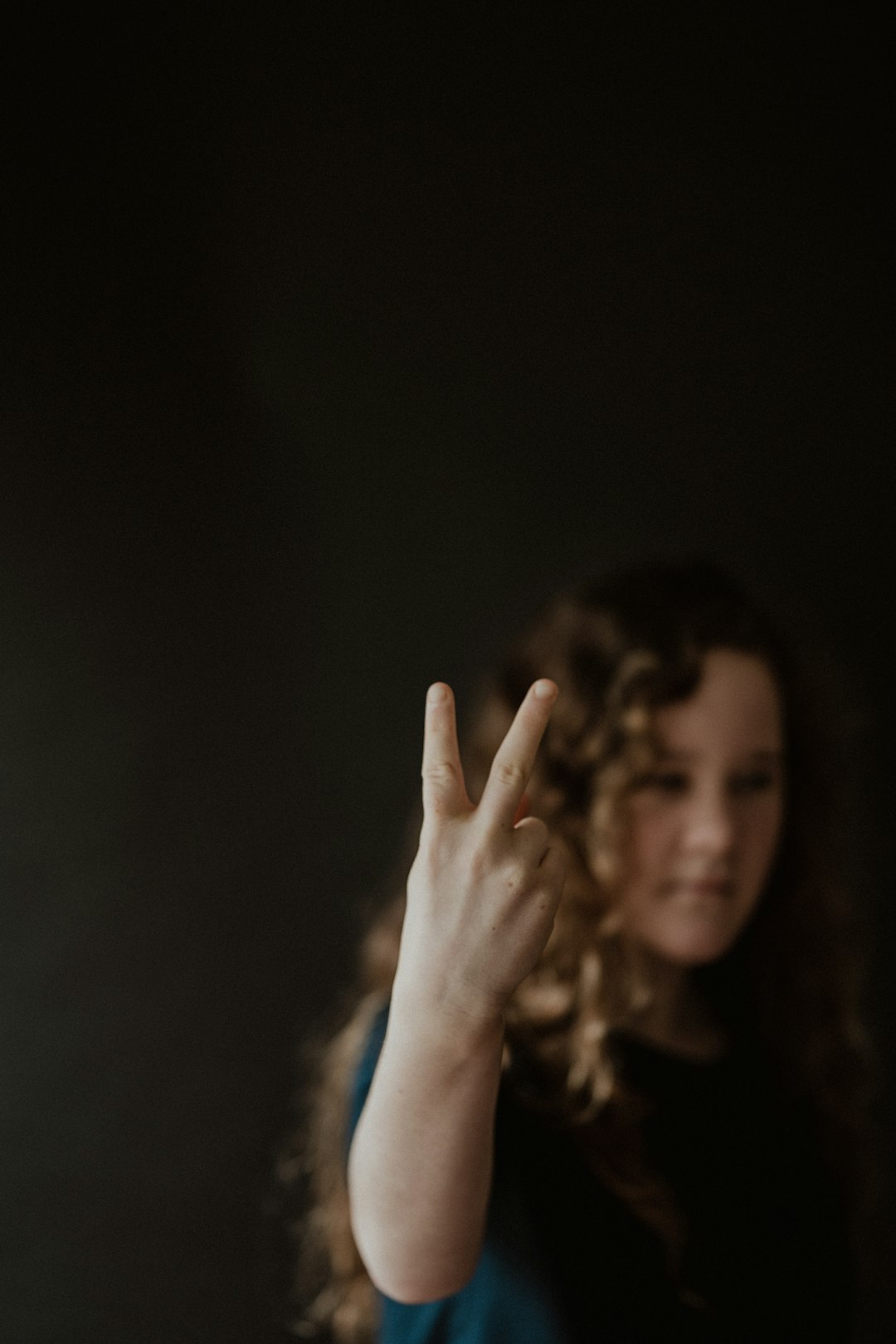
In Japan, the peace sign is everywhere—you’ll see it in group photos, family albums, and even on social media. But here’s a detail that trips people up: the direction your palm faces matters a lot. If you make the peace sign with your palm facing inward, it’s seen as rude or even aggressive. The Japan Tourism Agency’s 2023 guidelines remind visitors to always show the palm outward when posing for photos. This small difference can make or break a first impression. Tourists who ignore this tip might get strange looks or polite corrections from locals. While it might sound nitpicky, etiquette like this goes a long way in Japan. It’s a reminder that when you’re in a new place, even the most familiar gestures can have hidden rules.
The “Crossed Legs” Pose in Thailand
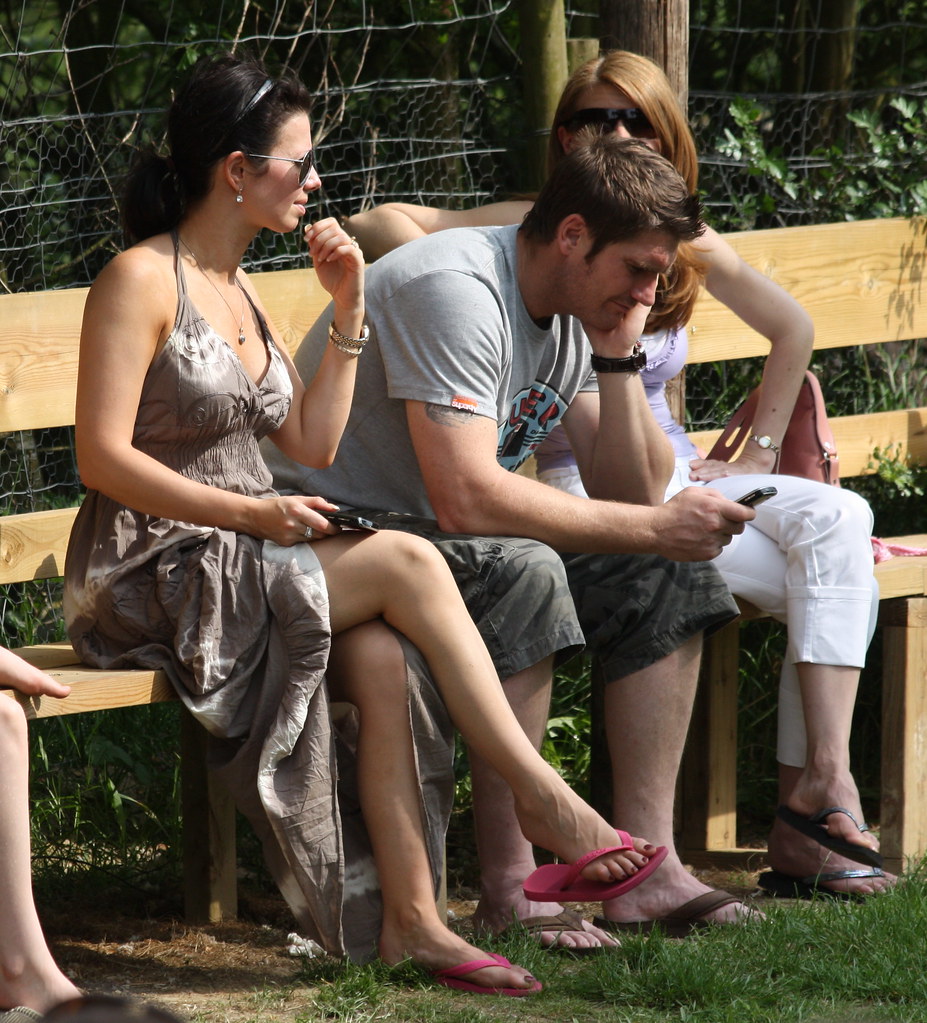
Sitting with your legs crossed seems relaxed and casual, but in Thailand, it’s a pose with pitfalls. If you pose with crossed legs, especially with the soles of your feet showing, it’s considered disrespectful. In Thai culture, feet are seen as the lowest and dirtiest part of the body. The Thai Ministry of Tourism’s 2024 survey showed that 40% of tourists were unaware of this rule and accidentally offended locals. It’s common for travelers to sit cross-legged in front of temples or monuments for photos, not realizing the insult implied. Tourists should always sit with their feet flat or tucked away and avoid pointing their soles at people or sacred objects. Even a beautiful photo can lose its charm if it’s disrespectful to local customs. A little mindfulness goes a long way in keeping things friendly.
The “Victory Pose” on Sacred Sites in India

The victory pose—arms raised high in a V shape—is a classic way to show excitement at famous landmarks. But in India, using this pose at sacred sites like temples and religious monuments is frowned upon. The Archaeological Survey of India’s 2023 advisory specifically asked visitors to avoid such celebratory poses and maintain decorum. Many locals and religious leaders see this gesture as disrespectful, especially in places meant for quiet reflection. Tourists who ignore this can be scolded by staff or even asked to leave. Neutral poses, such as standing with hands at your sides or folded in front, are always safer. Sacred spaces deserve respect, and blending in with local customs helps everyone enjoy their visit. Sometimes, restraint makes for a more meaningful memory.
The “Bunny Ears” Behind People’s Heads in France

Making “bunny ears” by holding two fingers behind someone’s head is a playful prank in some countries, but in France, it’s not so funny. The French Tourism Board’s 2024 etiquette guide warns that this gesture is seen as childish and rude, especially in formal or public settings. If you do it in a group photo, you might get annoyed looks or even a scolding from older locals. In France, politeness and composure are valued, and pranks like bunny ears don’t fit in well. Tourists might think it’s harmless fun, but locals could see it as immature or disrespectful. When taking photos in France, it’s best to keep things classy and simple. A genuine smile will always be better received than a mischievous gesture.
The “Finger Heart” Gesture in South Korea

The finger heart—a small heart shape formed by crossing your thumb and index finger—is a trendy pose in South Korea, especially among young people and K-pop fans. But even this cute gesture has its limits. Using the finger heart during solemn ceremonies, official events, or in front of elders is considered inappropriate. The Korean Cultural Foundation’s 2023 report points out that context is everything. If you pose with a finger heart in the wrong setting, you may offend or embarrass locals. South Korean society values respect, especially in formal situations. Tourists should save the finger heart for casual, fun moments—like concerts or friendly gatherings—and avoid it when the mood is serious. Knowing when to use popular poses can make you more welcome wherever you go.
The “Salute” Pose in Germany

Saluting might seem like a strong, heroic pose for photos, but it’s a serious no-go in Germany. Outside of official military contexts, saluting—especially in ways that resemble Nazi symbolism—is illegal and can lead to legal trouble. The German Federal Ministry of Justice’s 2024 legal review confirms that such gestures, even if done as a joke or for a photo, are strictly forbidden. Tourists have faced fines or even arrest for making these poses. The rules are taken seriously due to the country’s history, and ignorance is not considered an excuse. It’s best to avoid any kind of salute, military or otherwise, when posing for pictures in Germany. Instead, opt for a friendly wave or a simple standing pose to stay out of trouble.
The “Peace Sign” in Indonesia (Palm Facing Inward)
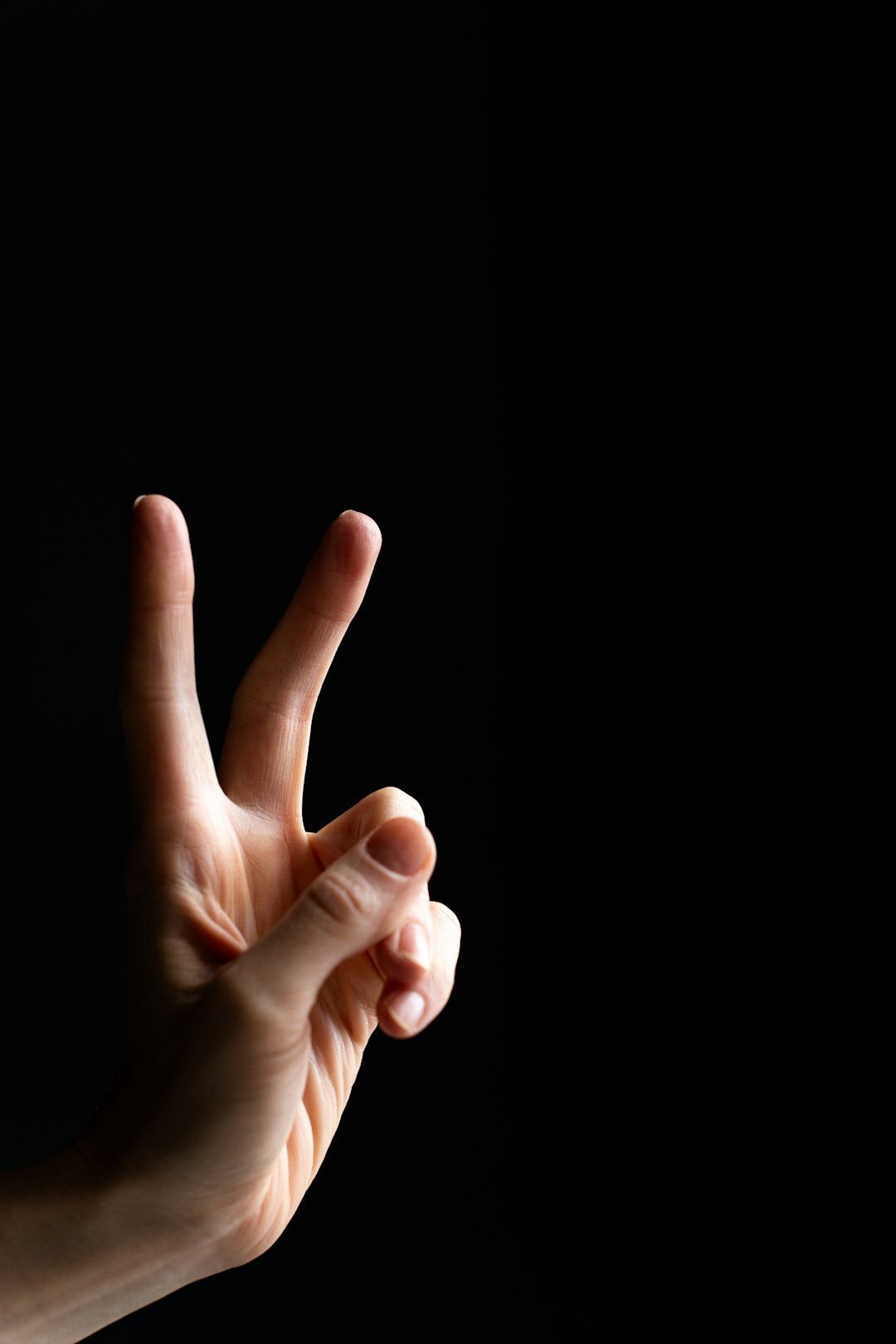
Similar to Japan, Indonesia also has strict rules about the direction of the peace sign. Making the gesture with your palm facing inward is considered rude and offensive. The Indonesian Ministry of Tourism’s 2023 guide urges tourists to always show the palm outward when using the peace sign in photos. This might seem like a tiny detail, but it can seriously affect how locals perceive visitors. Some tourists have reported being corrected or even scolded for getting it wrong. Paying attention to these cultural differences helps travelers show respect and make better connections with locals. It’s another reminder that small gestures can have big meanings depending on where you are.

